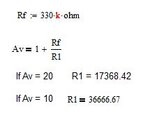darrylcapulla
Junior Member level 1
- Joined
- Dec 15, 2014
- Messages
- 19
- Helped
- 0
- Reputation
- 0
- Reaction score
- 0
- Trophy points
- 1
- Location
- Pili, Camarines Sur, Philippines
- Activity points
- 145
Follow along with the video below to see how to install our site as a web app on your home screen.
Note: This feature may not be available in some browsers.
The TL071 is not very modern, but it is good for audio (and general purpose), is cheap, and is easily available (even in through-hole packaging).what modern single op-amp should i replace with this one? :-D
the signal comes for a Signal Generator or test with mp3 player.
This op-amp is connected to a push-pull amp, with 6.125 watts output and input of 7volts peak-coming from op amp.
Parts is not so limited, we order it in Manila or buy it online, i choose LM324 because its easy to solve and this op-amp uses only 2 resistors
what modern single op-amp should i replace with this one? :-D can u suggest some?
During my entire career designing and building audio circuits, I used thousands of TL071, TL072 and TL074 from American manufacturers. They all worked perfectly and none failed.JFET op-amps [like the TL071/2/4] have a very high Zin, but you don't need that. I have heard reports they can be unstable.

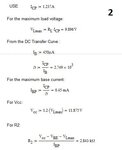
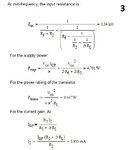
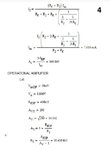

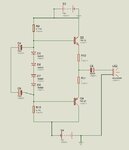
As FvM mentioned, it's a really good idea to split the gain into two stages e.g. one opamp with a gain of 20 followed by another with a gain of 10. That not only improves the bandwidth, but it also reduces distortion a lot. It doesn't cost much extra since the single, dual and quad opamps are all about the same price, so you just need two extra resistors.
Good luck!
